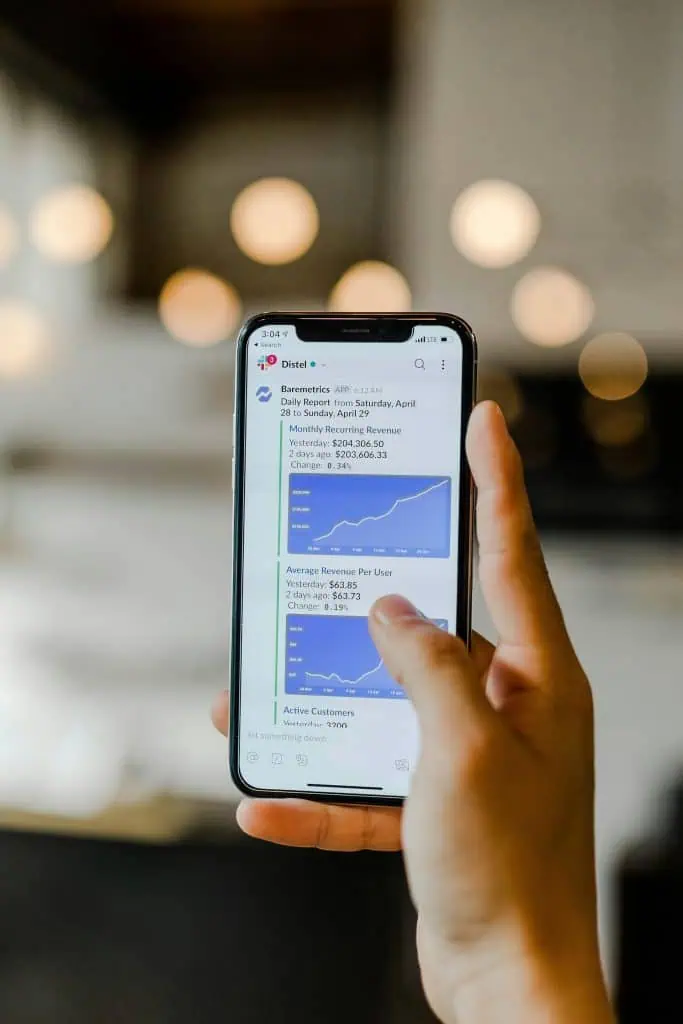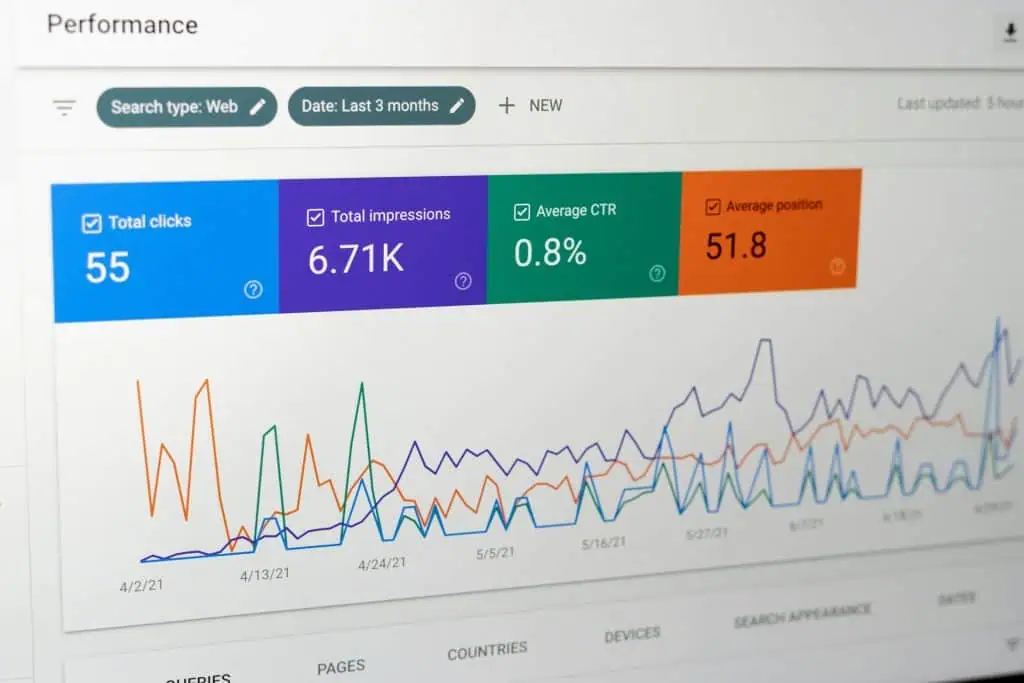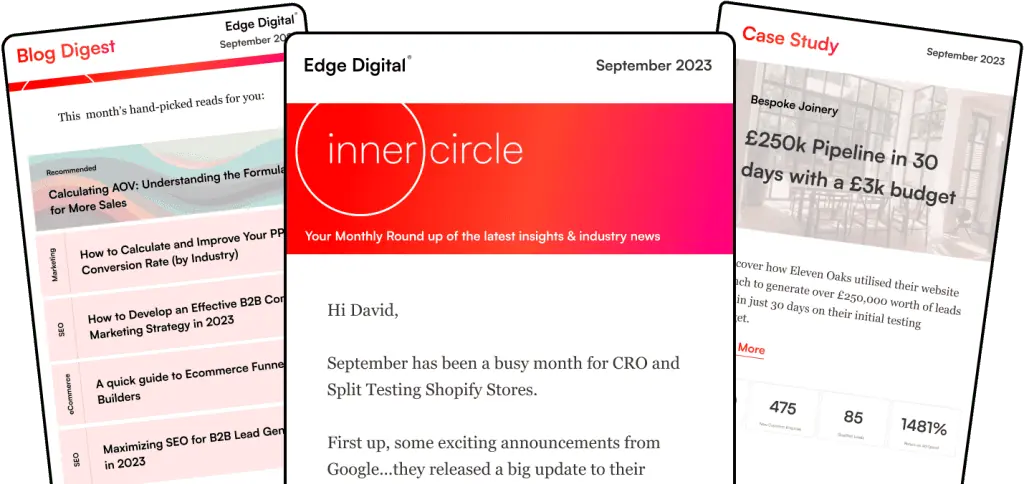Are you looking to optimize your Pay-Per-Click (PPC) campaigns and boost your conversion rates? The key lies in understanding the unique characteristics of your industry and employing tailored strategies to achieve success. In this blog post, you’ll learn how to calculate and improve your “ppc conversion rate by industry”, ensuring your campaigns reach their full potential.

Key Takeaways
- Understanding PPC conversion rate by industry is essential for setting realistic objectives and expectations.
- Industries with high conversion rates include Dating & Personals and Legal Services, while accurate tracking of conversions is key to optimizing campaigns.
- Strategies such as ad optimization, segmentation, targeting, A/B testing can be employed alongside tools like Google Analytics or AdEspresso to improve PPC conversion rate in your industry.
Understanding PPC Conversion Rates by Industry
PPC conversion rates vary across industries, with some experiencing higher conversion rates while others face challenges in achieving optimal rates. Understanding your industry’s average conversion rate is key in setting realistic expectations and defining proper objectives.
Search (Google Ads) conversion rate across all industries is estimated to be 3.75% on average. Google Display Network has a lower average rate of about 0.77%. It’s essential to consider the cost per conversion when evaluating the effectiveness of your campaigns.
Top Industries with High Conversion Rates
Industries such as Dating & Personal and Legal Services often enjoy higher conversion rates due to factors like targeted audiences and high demand. For example, the Dating & Personals industry has an impressive average conversion rate of 9.64% for Google Ads search network ads, which is significantly higher than average conversion rates in other industries.
These high performers benefit from carefully crafted ad campaigns, well-optimized landing pages, and a deep understanding of their target audience.
Industries with Lower Conversion Rates
Industries like Ecommerce and Technology may face challenges in achieving higher conversion rates due to factors such as increased competition and complex sales processes. For example, the Technology industry has a lower average click-through rate compared to other industries.
However, by employing strategies such as optimizing landing pages, audience segmentation and targeting, and A/B testing ad copy and creatives, these industries can overcome challenges and improve their PPC conversion rates.
Calculating Your PPC Conversion Rate
It’s vital to calculate your PPC conversion rate to measure your campaign’s success and verify its effectiveness. The PPC conversion rate formula can be calculated by dividing the number of conversions by the number of ad interactions and multiplying by 100.
Accurate tracking of conversions helps you identify areas for improvement and guarantees that your PPC campaigns are delivering the desired outcomes.
Importance of Accurate Tracking
Precise conversion tracking is indispensable in identifying areas for improvement and confirming your PPC campaigns are yielding the desired results. Methods such as:
- Native conversion tracking
- UTM tags
- Google Ads Conversion Tracking
- Google Analytics Conversion Tracking
- Tracking calls from landing pages
can be employed to ensure accurate tracking of PPC conversions.
Comparing to Industry Averages
Comparing your conversion rate to industry averages is beneficial in order to gain valuable insights and set attainable goals for improvement. To calculate the industry average PPC conversion rate, divide the number of conversions generated from PPC campaigns by the total number of clicks on those campaigns.
Reliable and current data on industry average PPC conversion rates can be found from sources like WordStream, Content Powered, SpyFu, Ruler Analytics, and Search Engine Journal.

Strategies for Improving PPC Conversion Rates in Your Industry
Enhancing your PPC conversion rates requires the implementation of strategies such as ad and landing page optimization, audience segmentation and targeting, along with A/B testing of ad copy and creatives.
These strategies are tailored to your specific industry, ensuring that your campaigns resonate with your target audience and drive the desired results.
Optimizing Landing Pages
Optimizing landing pages can significantly improve conversion rates by providing a seamless user experience and clear calls-to-action. Landing page copy should emphasize the advantages of the product or offer to the audience, encourage them to take the desired action, and sustain the brand voice.
Additionally, headlines should be concise and impactful, readily visible, and comprise 6 to 12 words.
Audience Segmentation and Targeting
Audience segmentation and targeting ensure that your ads reach the right people, increasing the likelihood of conversions. Segmenting an audience by characteristics such as interests, demographics, or location is the most effective approach.
Adjusting and modifying audience targeting guarantees that ads are delivered to the appropriate people at the appropriate time. Approximately 80% of customers are more likely to purchase from a business that offers a personalized experience.
A/B Testing Ad Copy and Creatives
A/B testing ad copy and creatives can help identify the most effective messaging and design elements for your target audience, leading to higher conversion rates. By comparing the performance of various versions of ads, you can make data-driven decisions and optimize your campaigns.
This iterative process can lead to notable improvements in click-through rates and conversion rates.
Utilizing PPC Tools and Platforms for Success
Various PPC tools and platforms can help streamline campaign management, optimize performance, and gain valuable insights into your industry.
Google Analytics, Ahrefs, and AdEspresso are all viable options that can aid in optimizing your PPC campaigns.
Google Analytics
Google Analytics is instrumental in monitoring, tracking, and optimizing PPC campaigns, as it provides extensive data on user behavior and conversions. By setting up Google Analytics for PPC campaigns, you can access the essential metrics for PPC campaigns, such as:
- The number of users and sessions
- Average session duration
- Average pages per session
- Return on ad spend (ROAS)
- Cost per acquisition/conversion (CPA)
- Number of conversions
- Clickthrough rate (CTR)
- Conversion rate
Ahrefs
Ahrefs offers valuable insights into competitor keywords, ads, and ad copy, helping you refine your PPC strategy. By utilizing Ahrefs for competitor analysis in PPC campaigns, you can gain insights into their keyword targeting, running ads, and ad copy, enabling you to devise strategies for your own PPC campaigns.
AdEspresso
AdEspresso is a powerful tool for split testing and optimizing Facebook, Instagram, and Google Ads. It offers the following features:
- Ads management
- Import of existing campaigns
- Automated promotion of Facebook posts
- Split testing analysis
- Campaign optimization
- Targeting and retargeting capabilities
- Real-time data updates
Using AdEspresso can significantly improve your PPC conversion rates.
It is easy to use and provides detailed insights into your campaigns, allowing you to make informed
Case Studies: Success Stories of Improved PPC Conversion Rates in Various Industries
To demonstrate the effectiveness of implementing the strategies and tools discussed in this article, let’s take a look at some success stories of businesses that have improved their PPC conversion rates in various industries.
In the finance sector, companies have employed strategies such as:
- Optimizing ad copy and landing pages
- Targeting specific keywords and audience segments
- Implementing remarketing campaigns
- A/B testing different ad variations and landing page designs
These strategies have helped them significantly increase their conversion rates.
Companies across various sectors have successfully utilized A/B testing to pinpoint the most effective messaging and design elements for their target audience, thereby elevating their conversion rates. These case studies showcase the power of tailored strategies and tools in driving successful PPC campaigns and optimizing conversion rates.
Summary
In conclusion, understanding industry-specific PPC conversion rates, accurately tracking conversions, and implementing tailored strategies like optimizing landing pages, audience segmentation and targeting, and A/B testing ad copy and creatives are crucial for boosting your PPC campaign success. By leveraging powerful tools and platforms like Google Analytics, Ahrefs, and AdEspresso, you can optimize your campaigns, gain valuable insights into your industry, and ultimately increase your conversion rates.
Frequently Asked Questions
What is the industry average conversion rate for Google Ads?
The average conversion rate for Google Ads across all industries is 4.40%. This number may vary between industries, but generally search ads have an average conversion rate of 3.75%, while display ads have an average conversion rate of 0.55%.
What is a good PPC conversion rate on Amazon?
A good PPC conversion rate on Amazon typically falls between 10-15%. It is important to consider the kind of products you sell when determining what conversion rate is best for your business.
How do you find the conversion rate in PPC?
To calculate the PPC conversion rate, use the formula (Conversions/number of ads interactions) x 100 = conversion rate. This will give you the percentage of clicks that have resulted in customers.
What factors contribute to the variation in PPC conversion rates across industries?
Targeted audiences, high demand, increased competition, and complex sales processes all contribute to the variation in PPC conversion rates across industries.
How can I accurately track my PPC conversions?
To accurately track your PPC conversions, use a combination of native conversion tracking, UTM tags, Google Ads Conversion Tracking, Google Analytics Conversion Tracking, and tracking calls from landing pages.



